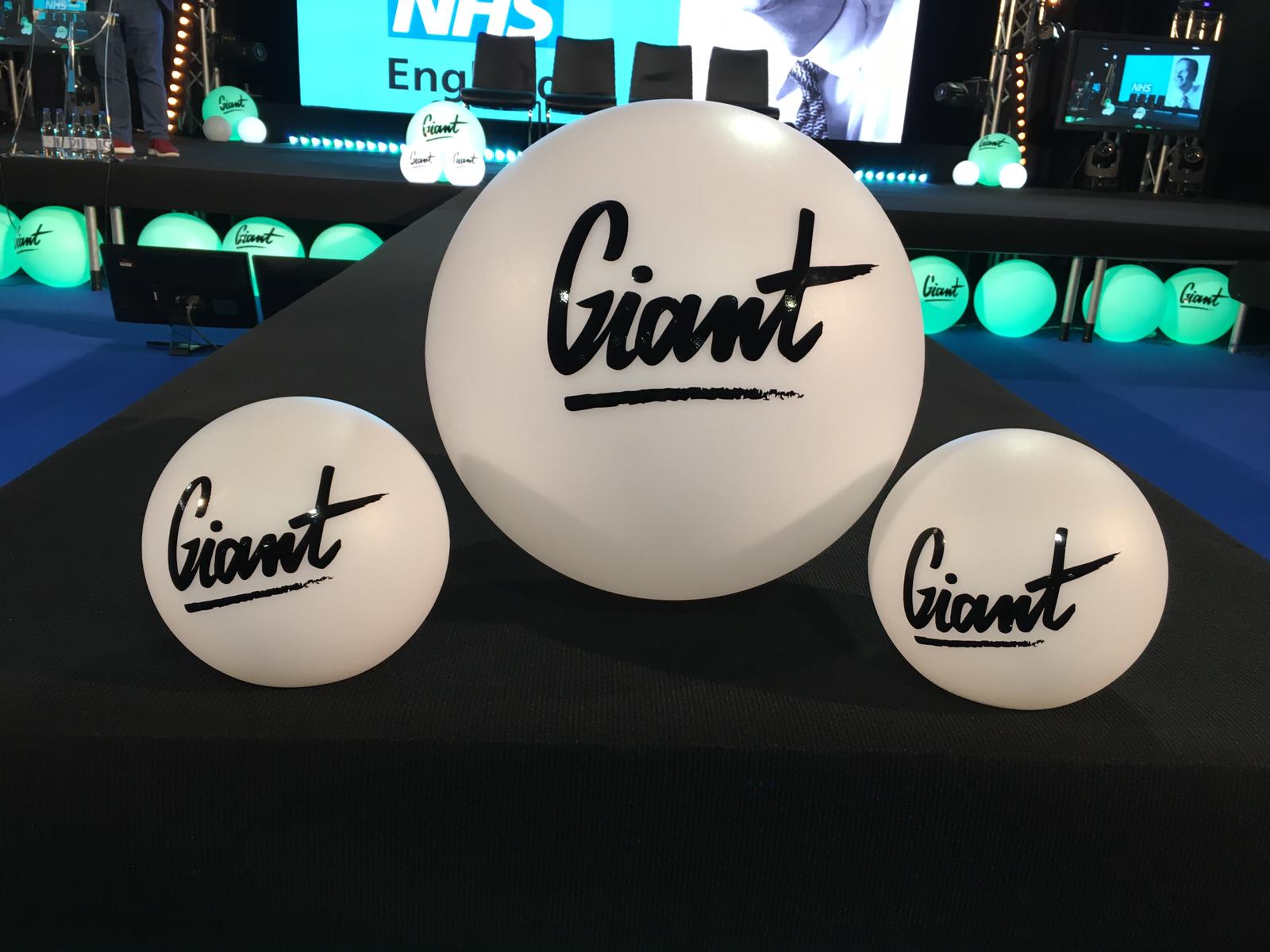22nd October 2019
BlogDay 2 of GIANT Health was attended by Claire Gannon, Medical Writer at the Havas Lynx Group. In this blog, Claire summarises her learnings from the final day of GIANT Health 2019.
The GIANT Health event really did start as it meant to go on. Day 2 was packed with even more talks about how innovation in technology can improve healthcare, with a particular focus on wearable tech.
When I think of wearables, I think of Fitbits and Apple Watches. With these, we can keep track of our heart rate, our sleep, and whether we’re getting our 10,000 steps in. I thought this was pretty impressive, at least until I went to GIANT Health.
The devices featured at GIANT Health were on a whole other level. These were medical-grade wearables, which are much more sensitive than commercial devices. They’re able to continuously and accurately monitor a massive range of clinically relevant measures, such as blood pressure, brain activity and the pH of chronic wounds, without needing to hook patients up to machines with a myriad of wires.
Through the talks I attended, I found out wearables are, rather remarkably, taking things one step further – they’re not just for keeping track anymore. With wearable tech, we can now start to preempt, predict and prevent medical incidents. Some can even induce a physiological change in its wearer, including altering brainwaves to induce a meditative state – truly amazing stuff.
Evidently, the implications of this are huge. Many attendees and speakers at GIANT Health believe that wearable tech may be the only solution for healthcare systems that have increasing numbers of patients and decreasing amounts of time, money and employees.
So, if this wearable tech is already out there and is still making advances, why is the uptake so slow?
Matt Eagles, our Head of Patient Engagement, expertly helped to unpack this as chair of the discussion, “Human sensing innovations. Where are we heading?”
For a panel full of employees passionate about wearable tech, the barrier to entry of wearables into the healthcare system was easily identified: distrust.
As wearables can collect very powerful data about a person’s current health status, as well as what this status may be in the future, it’s not surprising that there is a fear surrounding these devices and a distrust of what this data might be used for.
This really hits home the importance of effective communication in healthcare. Without it, this barrier to entry for wearables is never going to go away – no matter how groundbreaking the tech is, or how much the market will benefit from them.
I’m excited to see the ways in which wearable tech will continue to advance (implants, grafted tattoos and who knows what else!). However, I’m even more interested in how the communication side of things is going to develop over the next few years, and whether we’ll be able to start chipping away at that barrier to entry and see these medical-grade wearables really start to make a difference.
